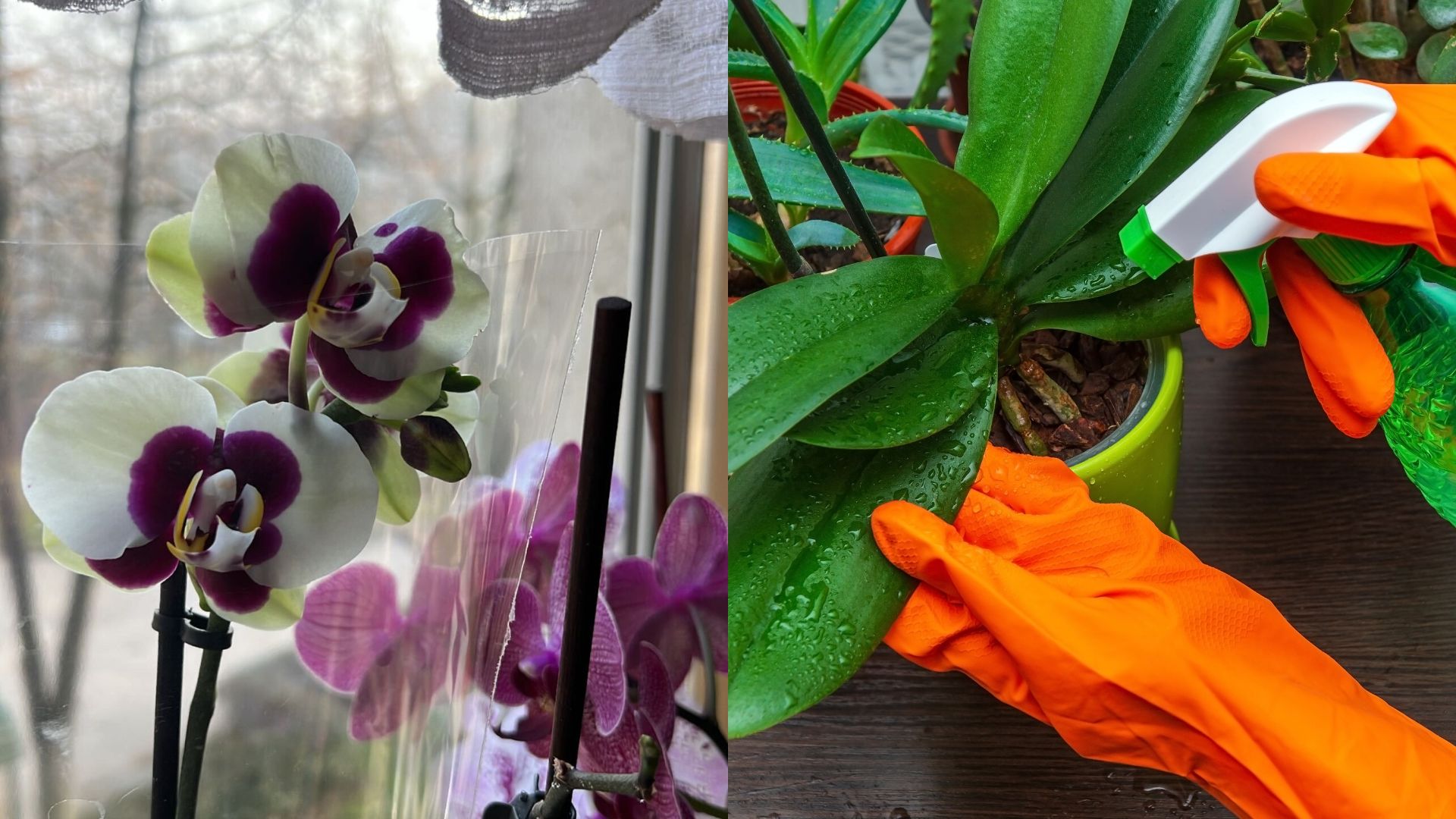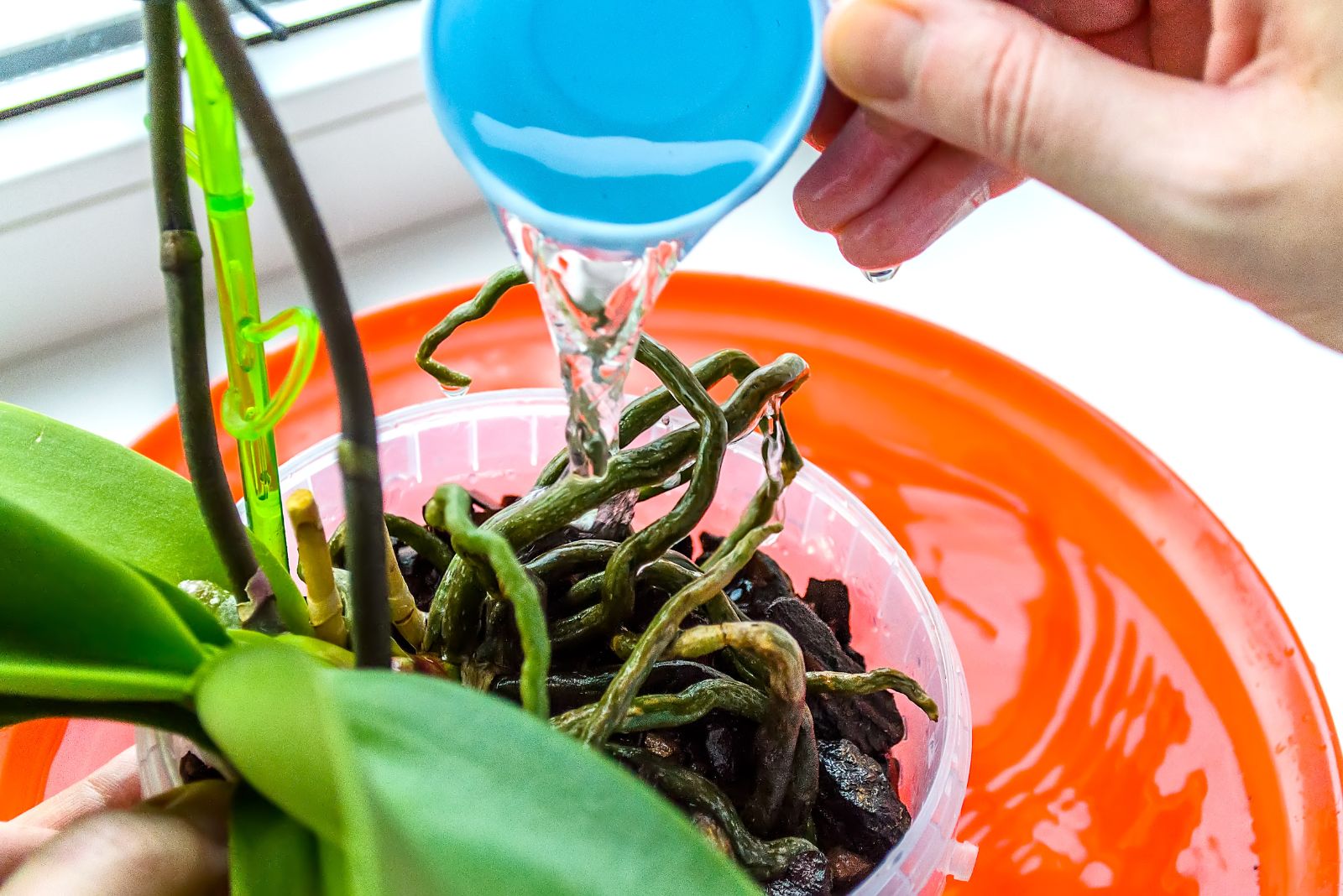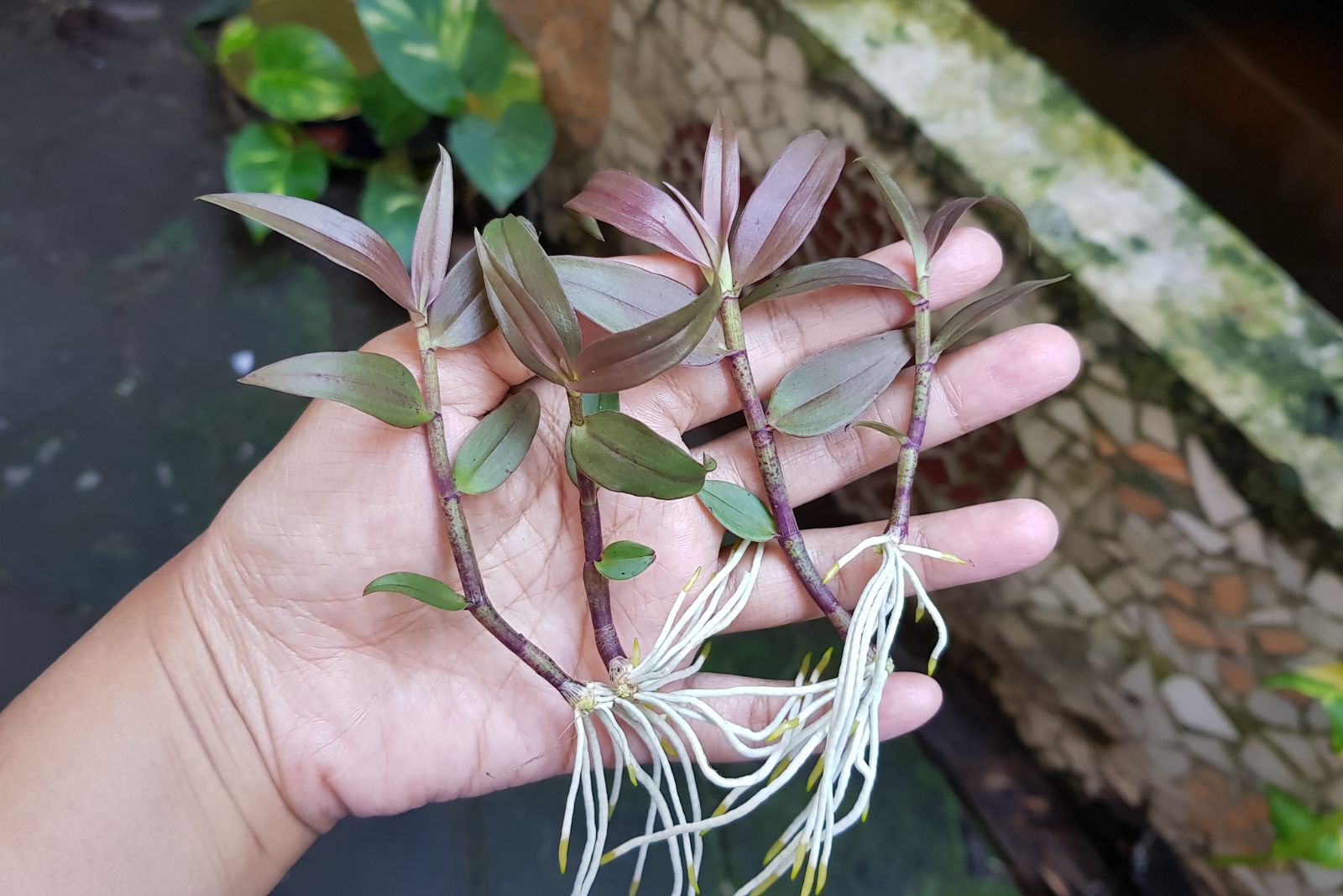If you just got an orchid, don’t fret! You might have heard some scary stories that orchids are the hardest plants to take care of, but that’s far from the truth. If you get the hang of watering, you’ve already done most of the job!
Orchids are beautiful flowers that are unfortunately prone to root rot, a deadly fungus that might be the reason why your orchids are dying. Overwatering is the main factor that contributes to this disease. So, don’t let your orchid sit in water for too long.
But you shouldn’t stop watering altogether because they still need water to grow and produce those colorful, unique blooms!
During the winter season, water your orchid every 10 days. Check the growing medium before watering – if it is still damp, postpone watering for a day or two.
Make sure to mist the plant during the colder months. With the heat at its warmest, the air dries out quicker, which leads to low humidity. But your orchids love the humidity, so simple misting will do the trick!
Still, you shouldn’t mist too often as this too can lead to fungus, mold, and leaf rot.
You can simply look at the roots to see if there’s something wrong with your plant. If they look soft and brown, then it usually means that you’ve been giving your orchid more than enough water.
If the roots shrivel, then you are probably not giving enough water to your precious plant. Healthy orchid roots are white and firm!
Another way to see if there’s something wrong with your orchid is by looking at its leaves. If the orchid’s leaves are drooping, then underwatering might be the cause. However, if they look limp or yellow, then overwatering and root rot are to blame.
The type of water that you’re using might also affect the orchid’s health, especially if you are dealing with a delicate kind. The best water to use would be filtered, but most orchids grow well with tap water.
Water temperature is also something you should take into account. Since orchids are tropical plants, they’re used to receiving warm, tropical rains. Using cold water might shock your plant and stunt its growth.
Therefore, tepid water is the best option. Use a grow pot when watering – pour water into the outer container until the entire compost inside the pot is submerged. Let the water drain for another hour and then put your orchid inside the decorative container.
During the summer, water your orchids in the morning to allow for proper drying throughout the day. Adjust the frequency based on conditions, keeping an eye on the potting mix’s moisture level!
If you are a beginner, this might be helpful: How To Take Care Of Orchids (Beginner Friendly Guide)



